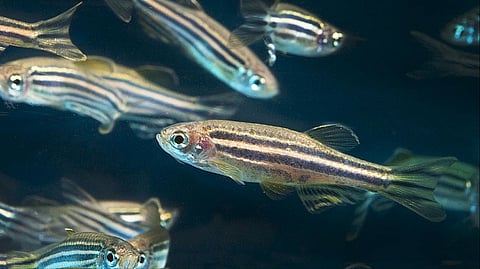

As millions are being spent on cancer research efforts, one study being undertaken at Hyderabad’s Centre for Cellular and Molecular Biology has the potential to significantly change the way cancer treatment is developed.
Scientists at the centre have found that the biology of tumours in Zebrafish is quite similar to that of ones in humans and are able to study the efficacy of different cancer-fighting drugs on various kinds of tumours by observing their effects on the fish.
Rakesh Mishra, the Director of Council of Scientific and Industrial Research (CSIR) at CCMB, reportedly said that the tests, which are currently being conducted, have the potential to provide more ‘personalised’ treatments for cancer in humans.
“The biology of tumours in these fish and humans are very similar. Thus, we can use the fish to test multiple compounds and determine how effective they will be against a particular form of cancer,” Dr Megha Kumar, one of the primary scientists on the research team, told TNM.
The researchers obtained cancer cells for research purposes from validated stock centres, which are then injected into the fish embryos. The embryos are transparent, which makes it easy to track metastasis - or spread - of the cancer cells.
“There is a significant advantage in being able to use the fish. To begin with, it is easier to study fish as opposed to mice just because of the sheer number of embryos available,” says Megha.
Zebrafish embryos only develop a functioning immune system 12 days after fertilisation, which also favours the scientists, “See, in mice we have to give them an immunosuppressant drug prior to introducing the ‘foreign’ cancer cells, so that there is no rejection by the immune system. In the case of the fish, the cells are introduced before the immune system has even fully developed, so we needn’t bother with this extra measure,” adds Megha.
She further explains that the highly proliferative tumour cells are introduced into the embryo, after which the growth pattern of the cells is established and different drug compounds are tested accordingly.
As of now, breast cancer cells and certain other rapidly spreading forms of cancers are being utilised in the study.